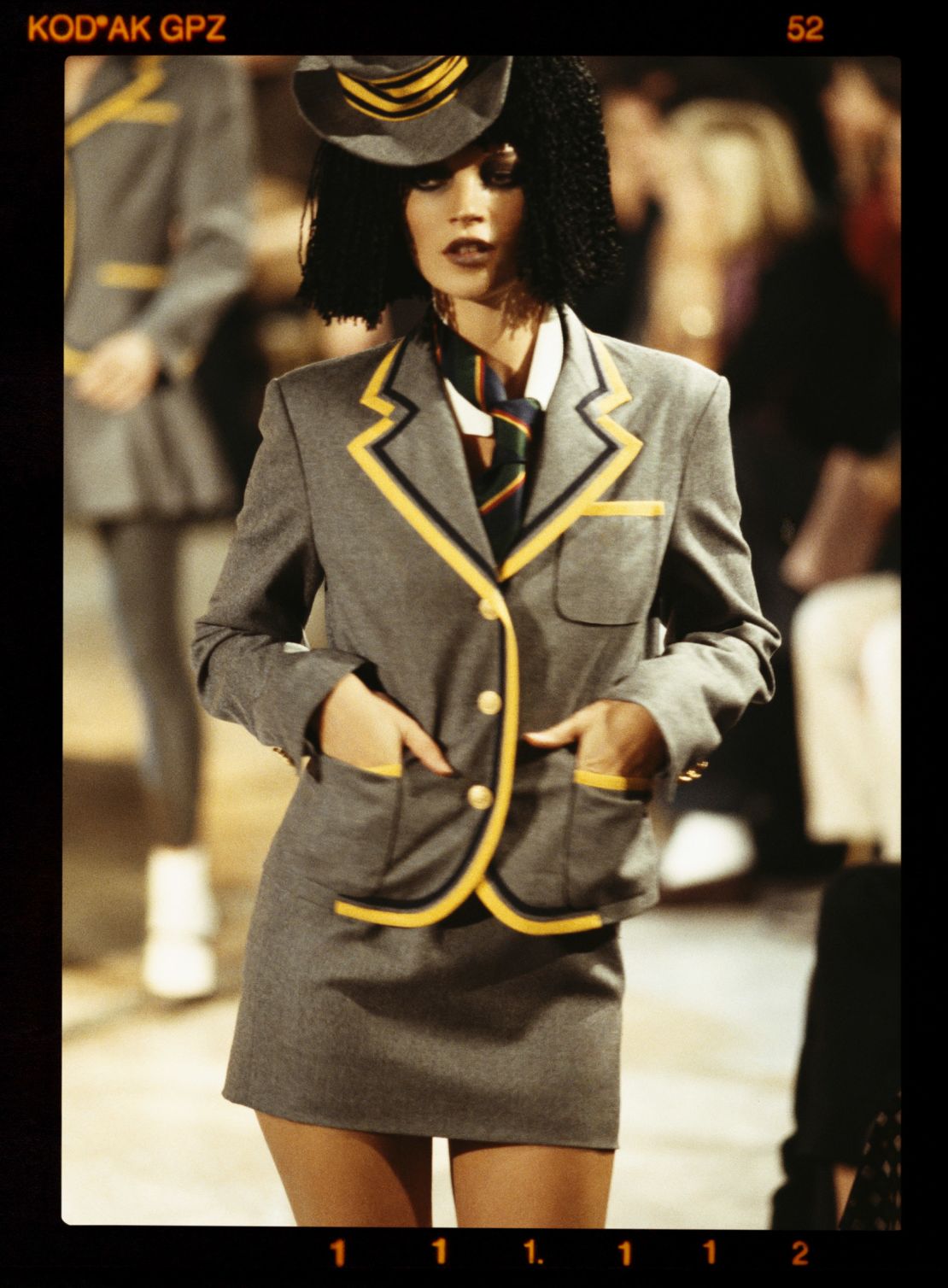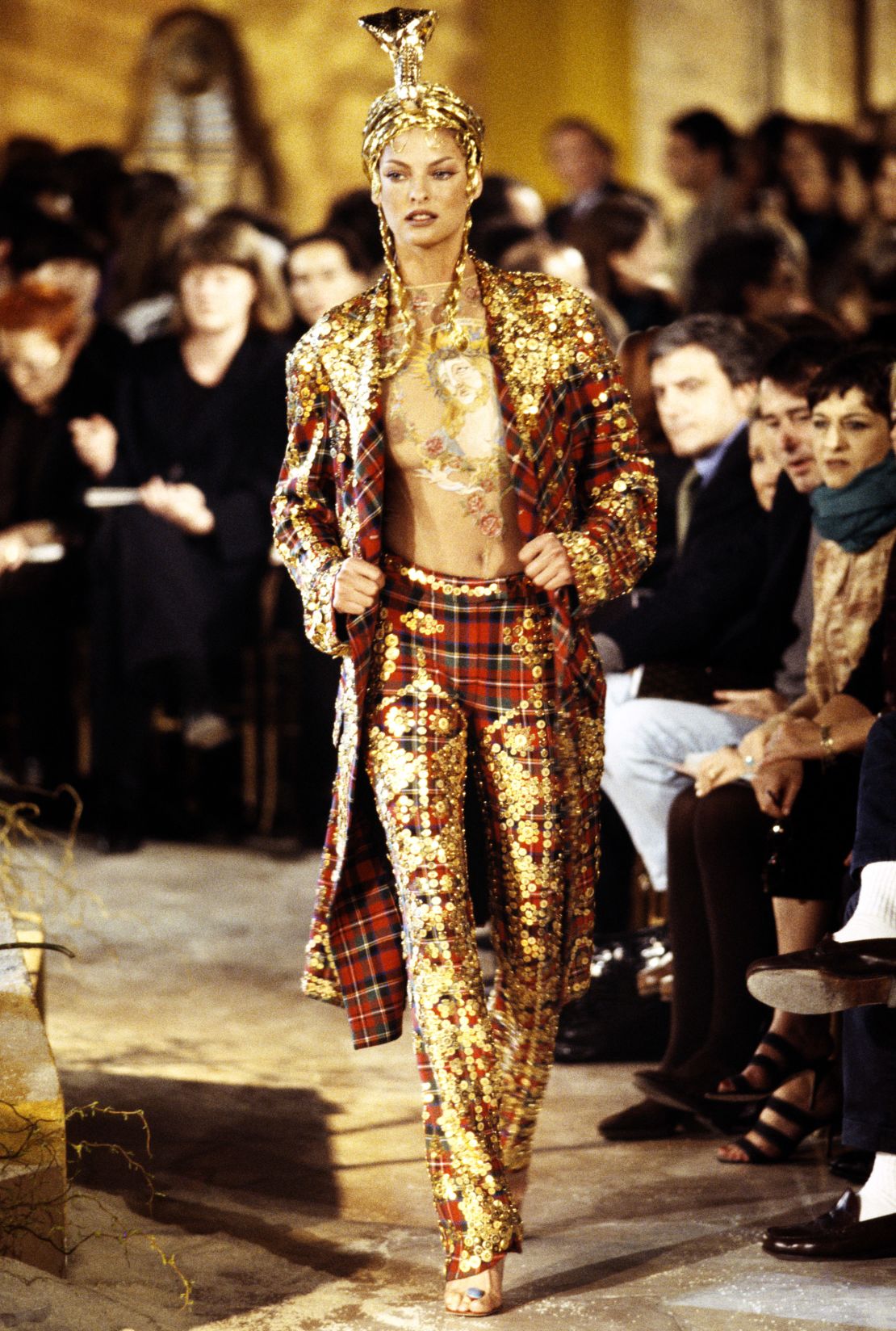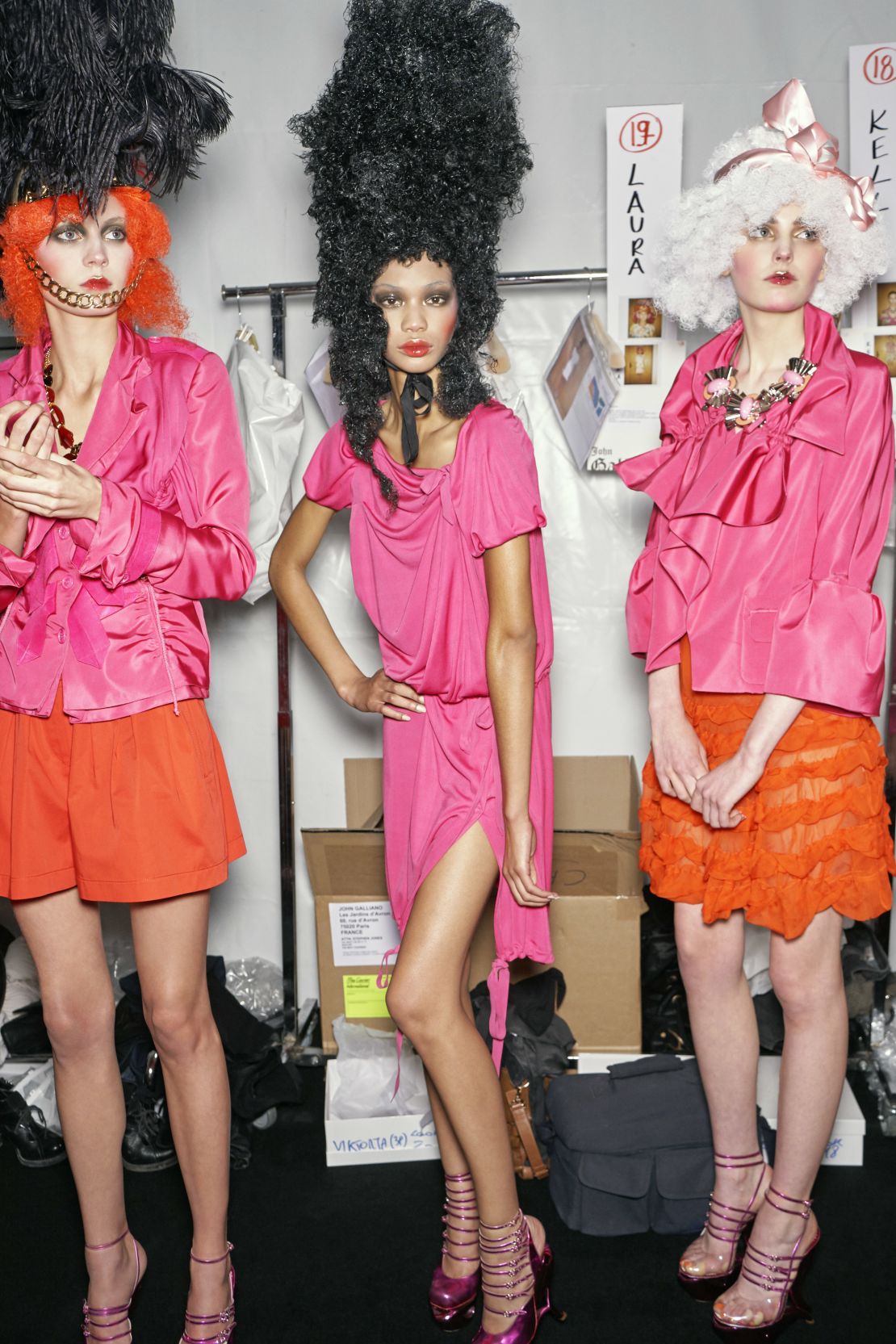John Galliano is one of the most revered and controversial fashion designers working today. His flair for theatrics and crafting garments that push boundaries have brought him to the helm of some the world’s leading design houses, including Givenchy, Dior and his own eponymous fashion label.
But after collecting years of accolades, he fell from grace. In 2011, he was dismissed from Dior and his own label following a drunken, anti-Semitic rant in a Paris bar. Following a trial that found him guilty, four years of rehabilitation, and a three-week stint at Oscar De La Renta, he now heads up the design team at the Parisian fashion house Maison Margiela.

Prior to his dismissal, he had garnered a library of press attention. His flamboyance and electric imagination at his own label saw him touch on a multitude of themes during his 22 years with the brand, as seen in a new book by photographer Robert Fairer.
Together with his wife Vanessa, Fairer sifted through the thousands of images in his archive, selecting more than 330 photographs taken between 1996 and 2011 for the book.
Nowadays, it’s not uncommon for multiple photographers to be granted backstage access to document the hours leading up to a show, but when Fairer began shooting in the early 90s, the backstage area was unexplored territory.
Fairer describes the atmosphere backstage at a Galliano show as industrious and chaotic. While a model at a typical fashion show might wear two or three outfits, at a Galliano show, each girl had only one showpiece.
“A Galliano show means oversized, ‘make mine a whopper’ portions of fashion. It means movement, energy, music, color, anticipation, frenzy, drama,” Fairer writes in the opening pages of his book.

Over the phone, he tells of Galliano’s backstage “cabine” (a small cabin backstage decorated to match the collection’s theme) where Galliano would stay as hair and make-up artists worked on models before the show. When they were through, the dressers would help the the girls into ornate, outlandish (and often difficult to maneuver) attire, and line them up. It was at this point that Galliano would step out.
“John comes out of his ‘cabine’ in his wonderful outfit – it could be nautical themed or even a space suit – and is taken straight to the models,” Fairer recalls, “The crowds just part and he goes straight up to the front and he’s there and he will talk to each girl before they go out, give them the spiel and that’s his post, up there at the front. Nobody goes up there that is John’s area.”
“John Galliano: Unseen” follows Fairer’s 2016 book “Alexander McQueen: Unseen.” The photographer says he has always been keen to share what he’s witnessed backstage: “We have this huge archive and we want to share it with people and as a foil to McQueen.”

In recent years, Fairer has slowed his backstage coverage. With the rise in digital photography and the ubiquity of photographers, Fairer has found it harder to take the pictures he wants to take. However, he still works backstage at select shows, including Tom Ford and Calvin Klein.
Years of working for magazines like Vogue, Elle, and Harper’s Bazaar suggests that his two books have merely scratched the surface of his archive. So, perhaps more “Unseen” books will follow, and more secrets from backstage will be revealed.
“John Galliano: Unseen,” published by Thames & Hudson, is out now.












